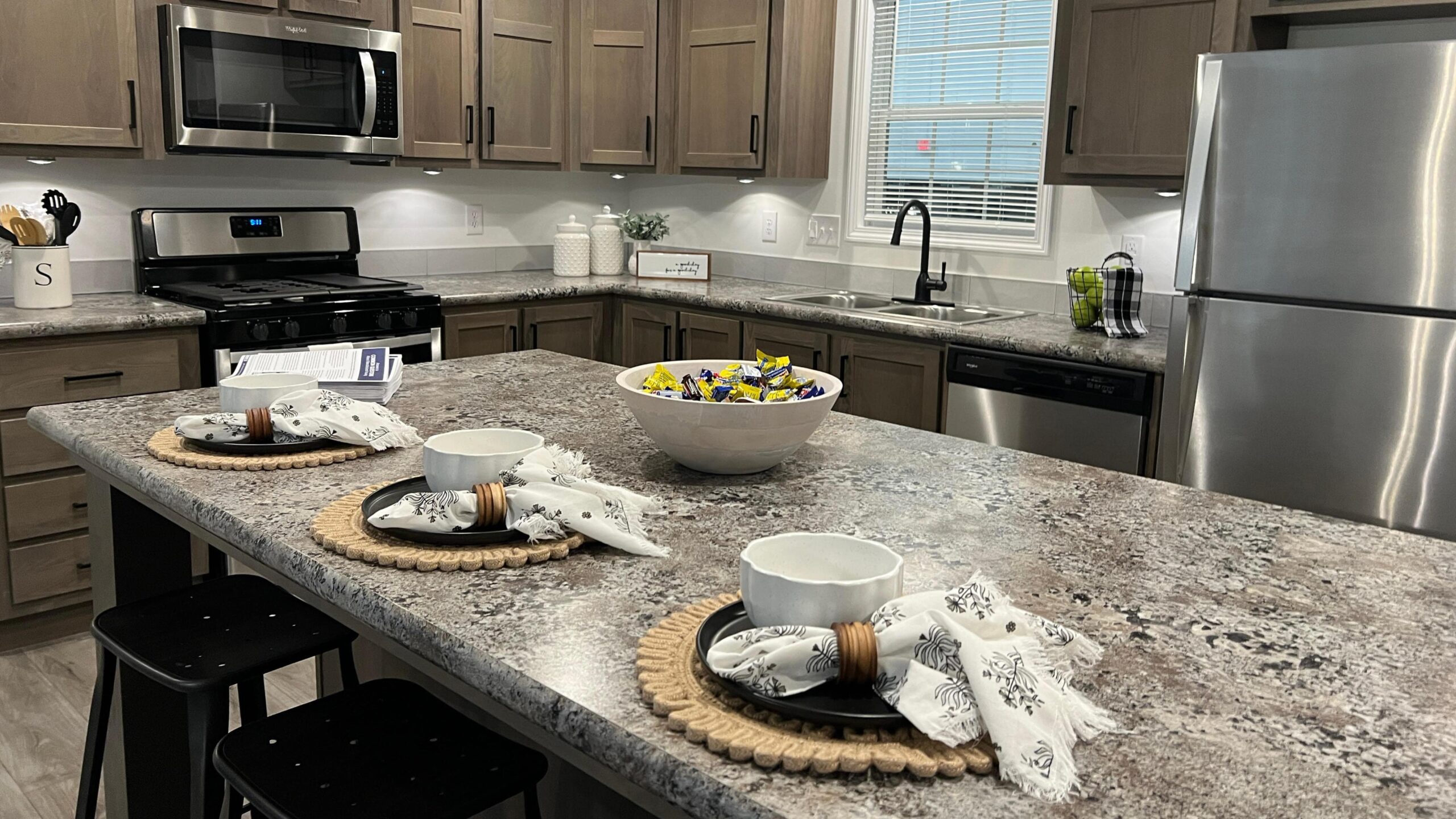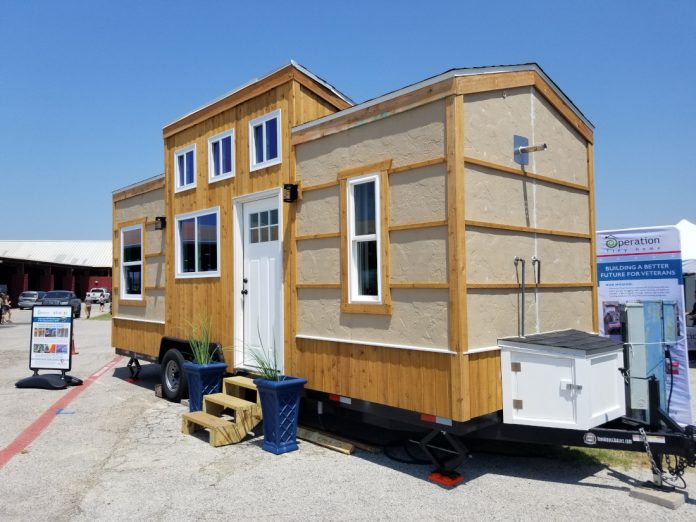
Tiny Living Rekindles The American Dream That May Have Seemed Out of Reach
When the idyllic term ‘The American Dream’ crept into daily conversation, it looked something like a Polaroid snapshot. The picture had 2.5 children, an average sized home with a white picket fence, and a golden retriever.
Fast-forward to today and the average American home is over 2,500 square feet, people are waiting until their 30s to start a family, minimum wage no longer matches housing costs, and most families are made up of two parents who work outside the home or a combined family versus the previously expected, traditional nuclear family.
From millennials to retirees, people are beginning to realize that they cannot afford the average American home. Mortgage payment and apartment rent, especially on a fixed income, have outpaced the average ability to pay. Even for those who can comfortably afford the cost of living, they no longer want to have to work 60-80 hours a week for a house they have such limited time to enjoy.
So, are we deciding to rewrite The American Dream?
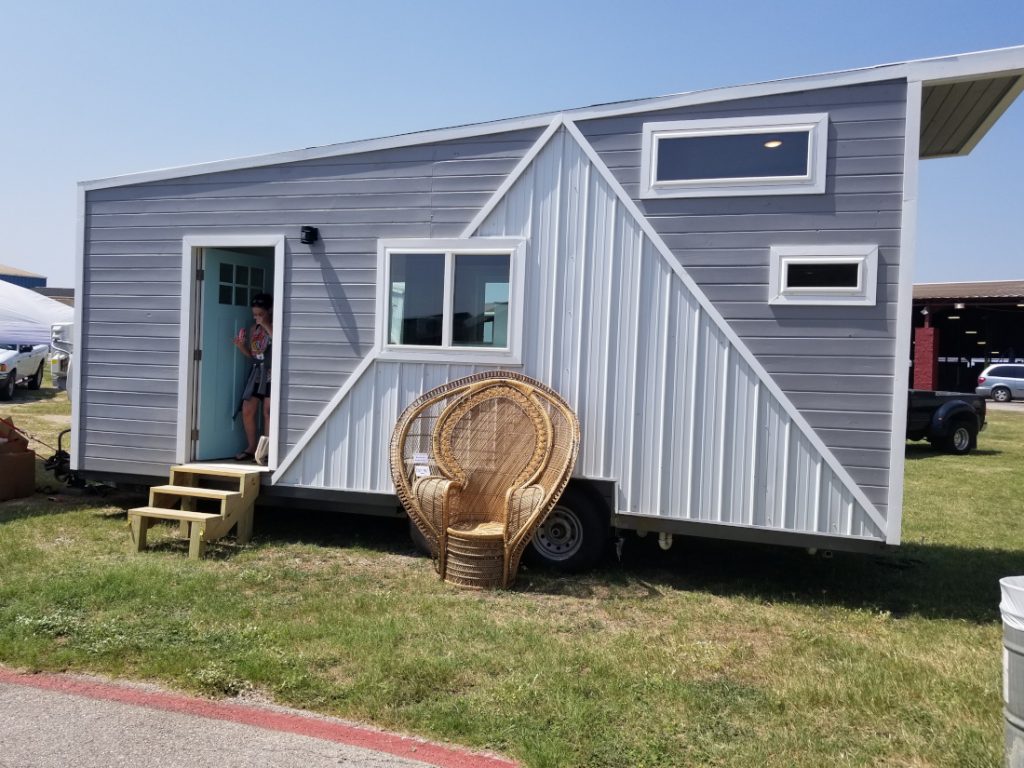
Tiny Living Offers Affordability
The cost of living in the U.S. alone is thousands of dollars a month for housing, vehicles and utilities. But many living tiny report paying a fraction of that cost, from $400-$800 per month. Several tiny house dwellers opt to tend land or gardens, or complete farm work in exchange for lot rent on agricultural land. Their housing costs are next to nothing and the parking spot offers room to roam.
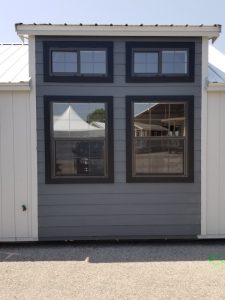
Tiny home owners are much more likely to pay for their house in full upon its completion. They get to avoid carrying or paying for a 15- or 30-year mortgage. Paying for a home in cash continues to be a common occurrence for existing manufactured homes, as well.
Likewise, many people looking to downsize choose total DIY homes. Or take part in completing some of the build themselves. We also can encourage custom builders to use reclaimed materials. Of course, this can add character to a build. Also, it limits materials used for construction, saving on budget line items.
Park Models and Tiny Houses Renew a Sense of Community
We are in a generation where parents feel pressured to keep a watchful eye over their kids at all times. The days feel long gone when children could play in their neighborhoods together, climb trees, and ride bikes until the street lights come on. However, in tiny house and park model communities, we are seeing a growing trend in like-minded people coming together to build the foundation for future generations. Communities offer shared garden spaces, community recreation spots, and even shared garage space for possessions like bikes and snowboards. These community ideals almost offer families and retirees a renewed sense of hope in the upcoming generation.
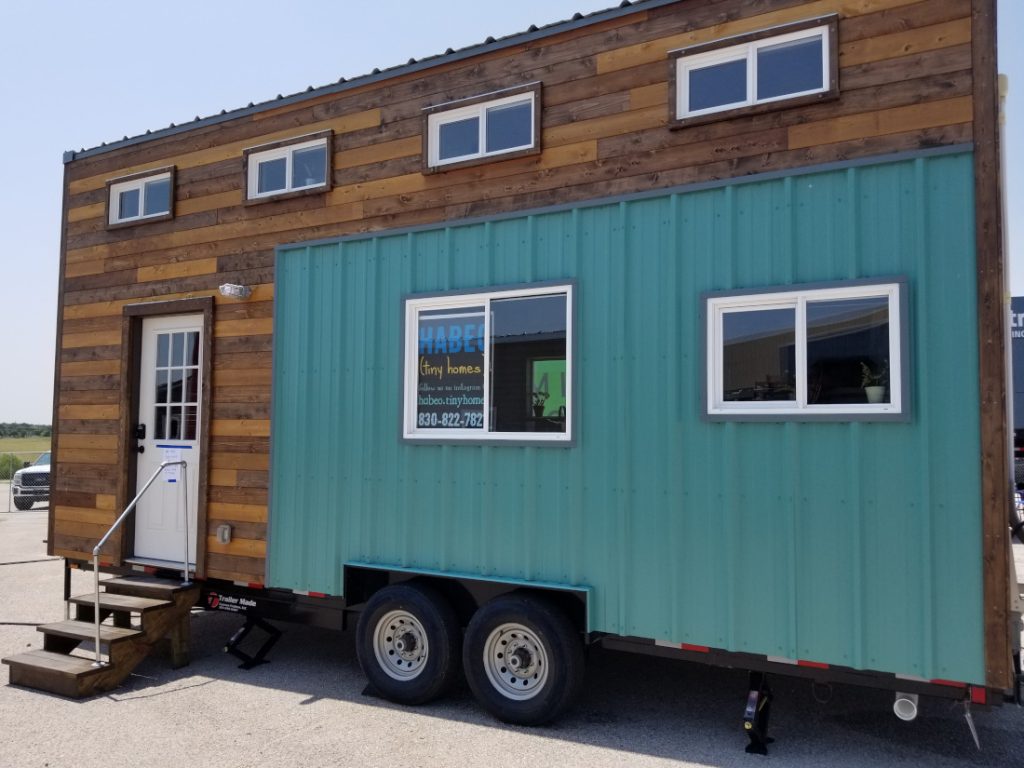
Small Homes Promote Environmental Consciousness
Tiny houses offer a solution to many global environmental concerns, boasting the use of less than a third of the electricity and producing only a fraction of the CO2 output of the traditionally sized American home. The limited use of construction materials such as lumber, as well as the fuel to transport it saves both money and trees. Additionally, the average home uses an average of 45 light bulbs whereas tiny homes usually have less than nine bulbs. This, paired with the limited use of large appliances in a tiny house, creates a much smaller global footprint overall.
Living Smaller Encourages Experiences
Living tiny encourages owners of smaller homes to go outside, experience nature, be active, engage in their communities, and travel. This is an opportunity to experience the world like they never could before when they spent their time chained to a desk job or forced to climb a corporate ladder or toil away at a blue-collar job. The tiny lifestyle offers the ability to save money for travel. Or to haul your house when you go.
Smaller living truly offers freedoms Americans are longing for, focuses on community, answers global environmental concerns, and allows consumers to simplify and save money. Indeed, tiny houses could be The American Dream for the next generation.






